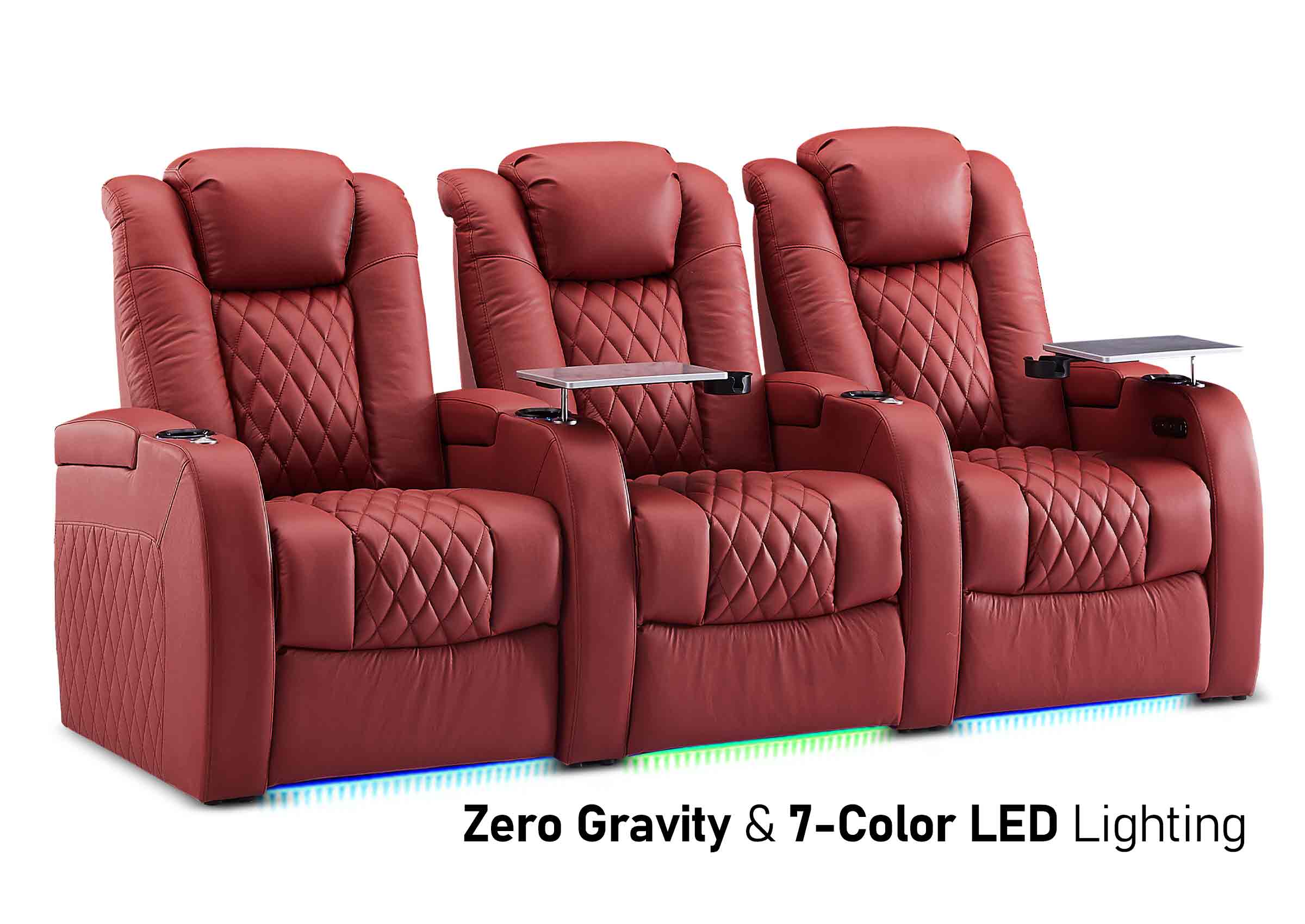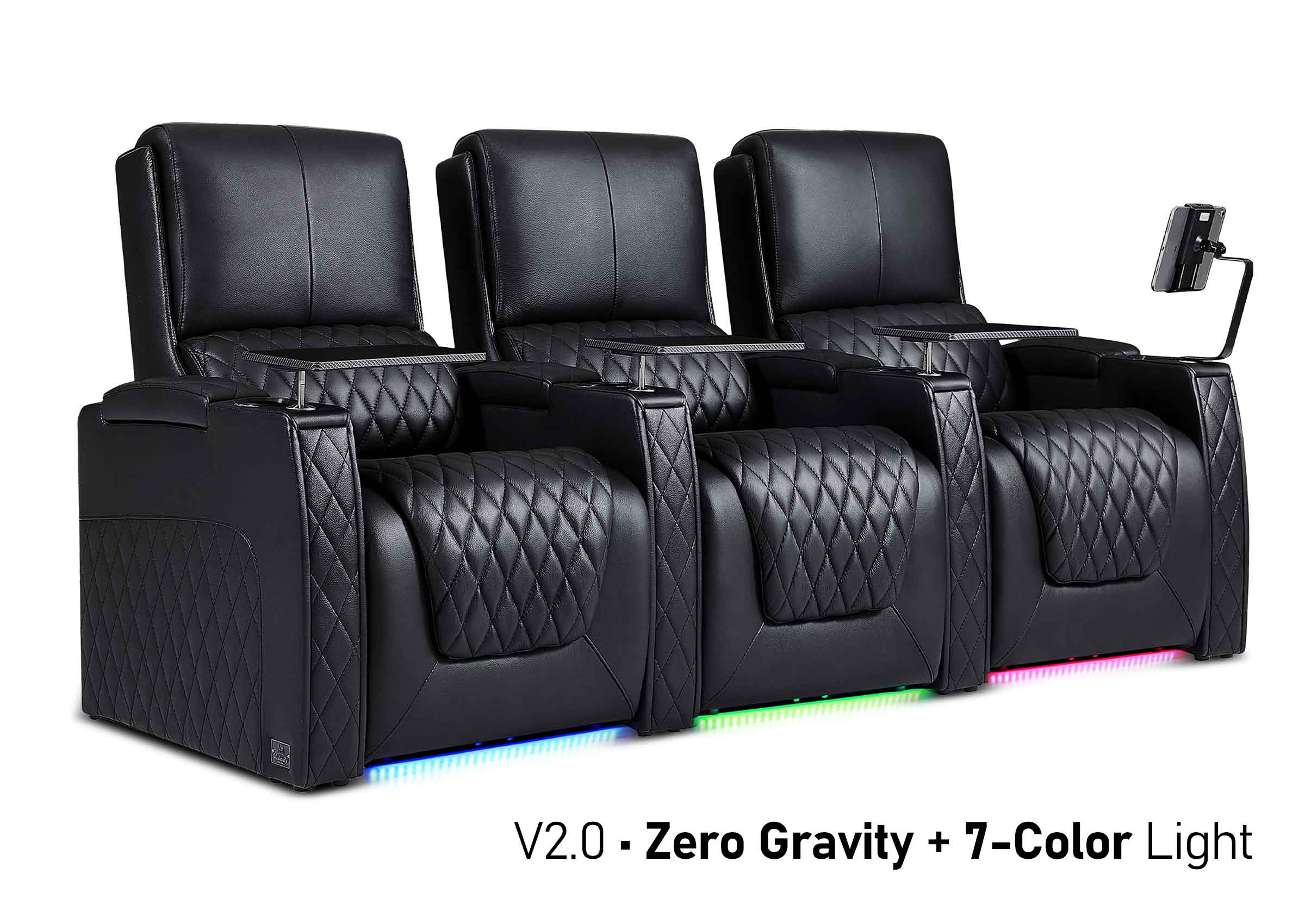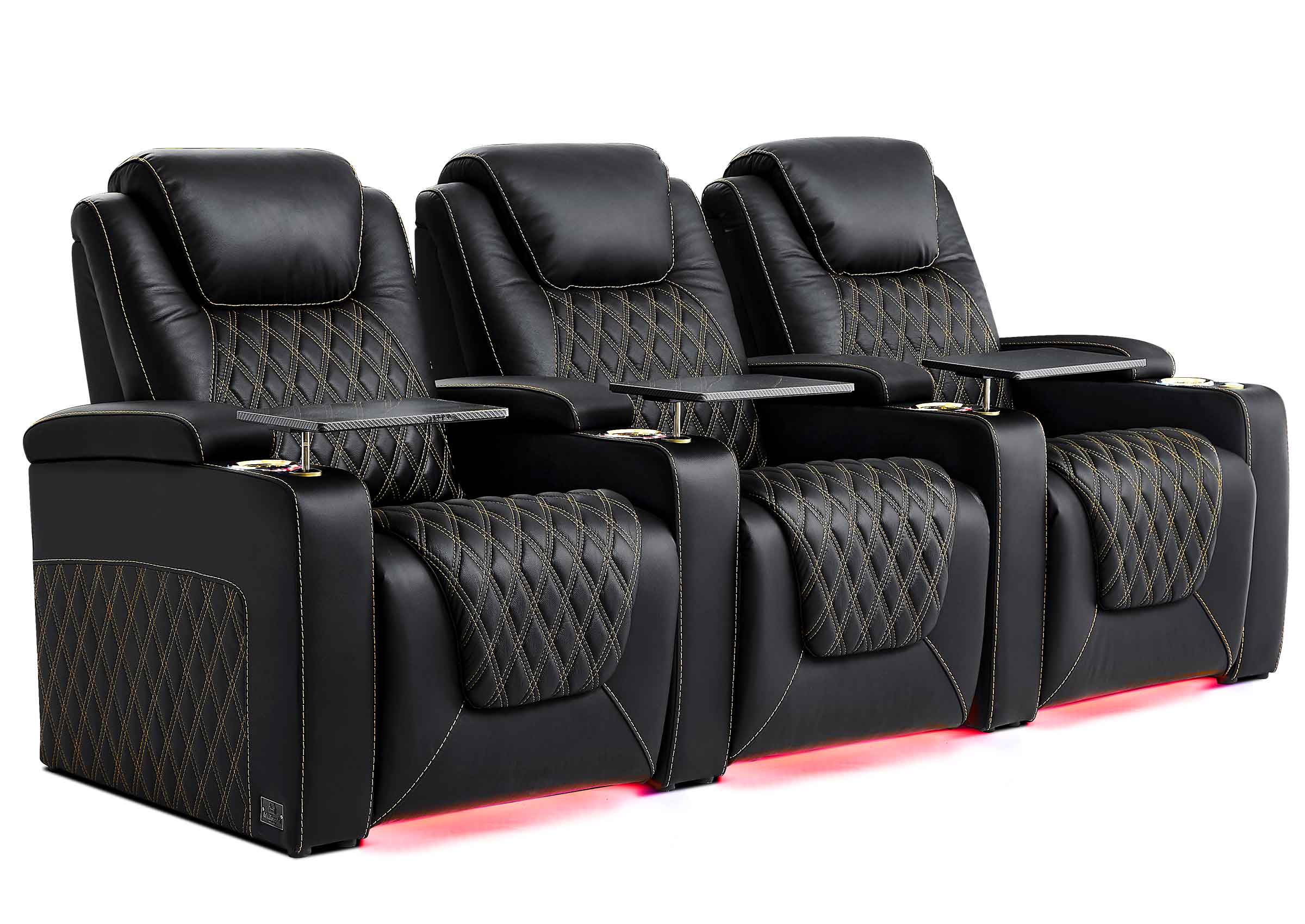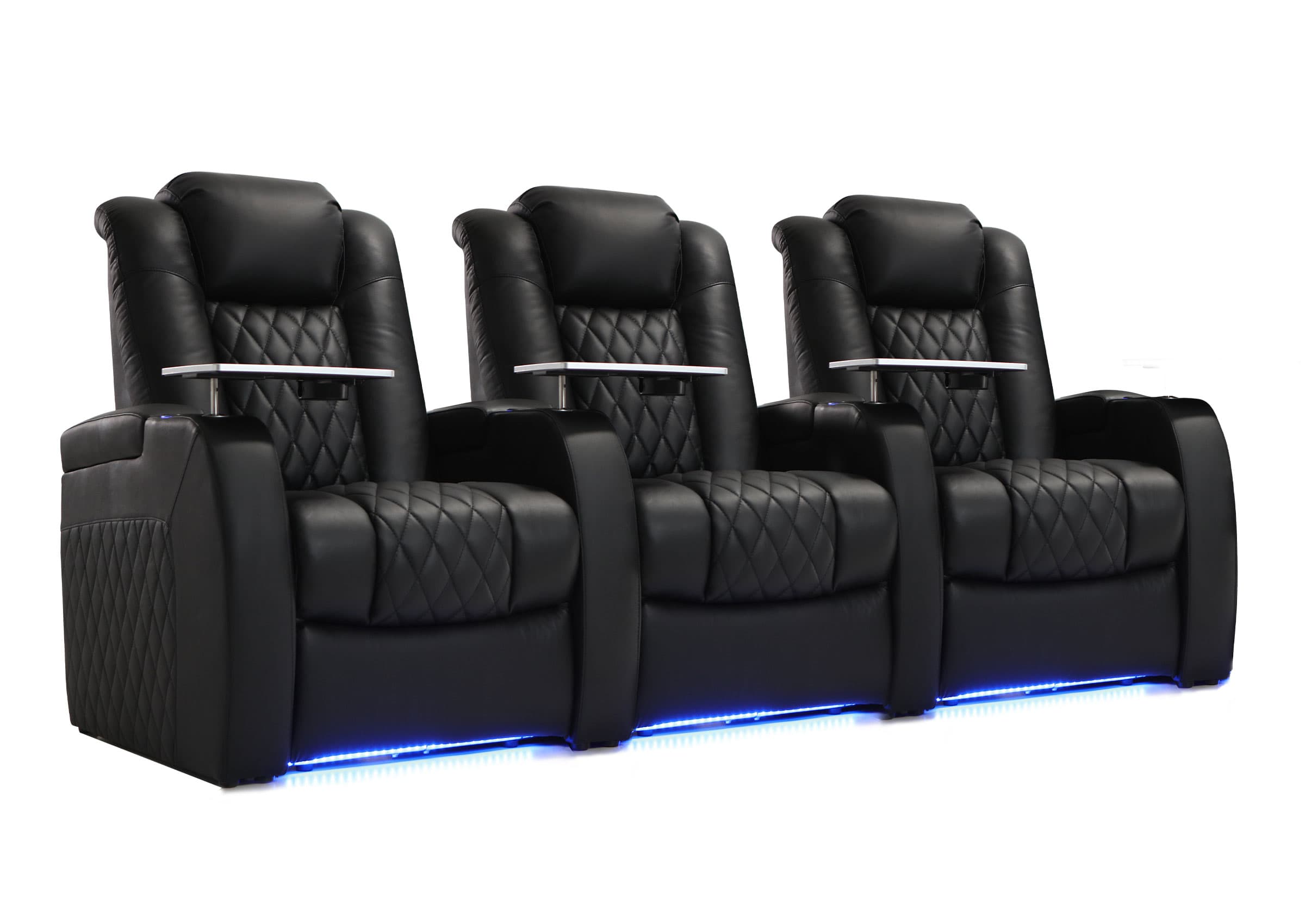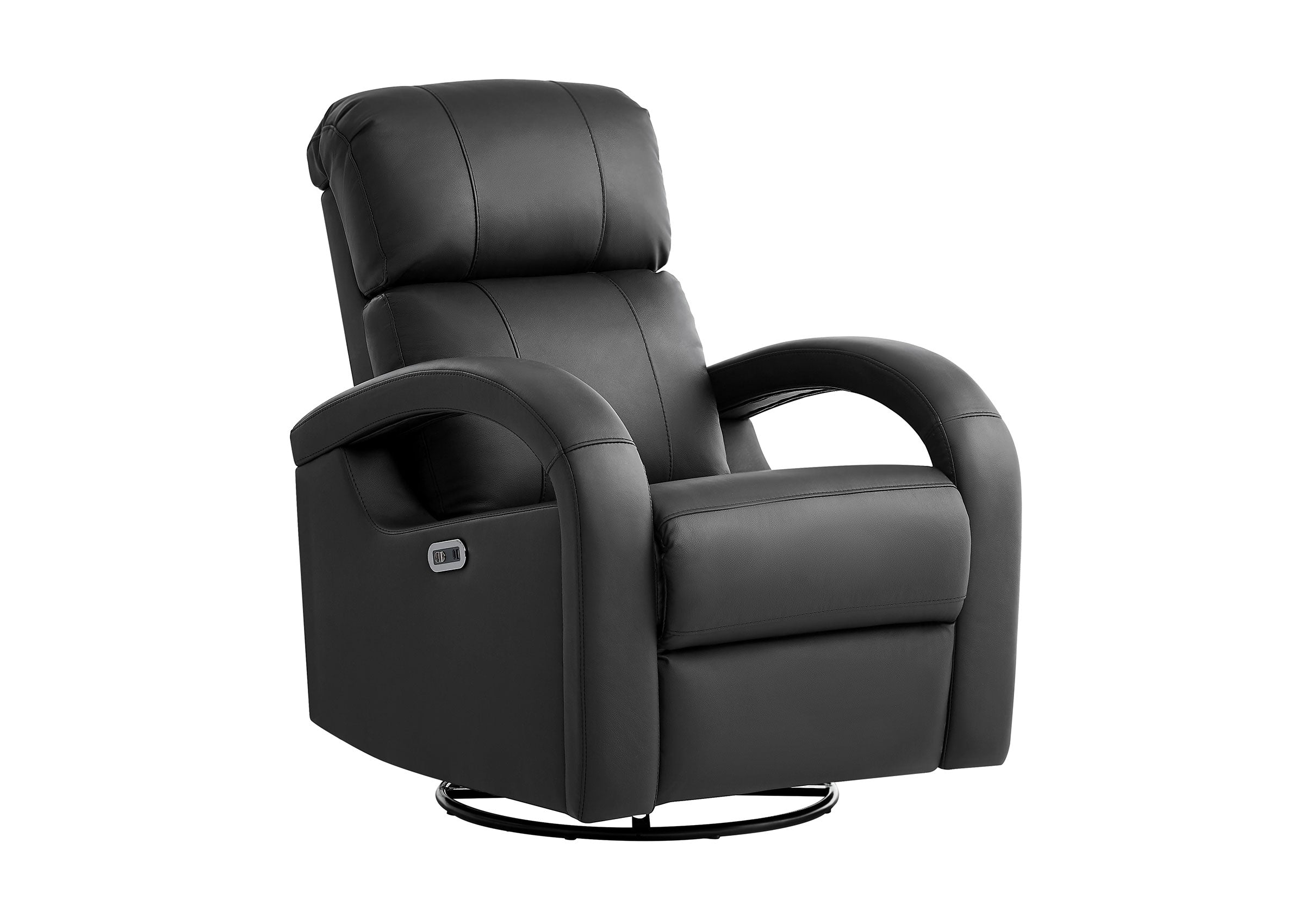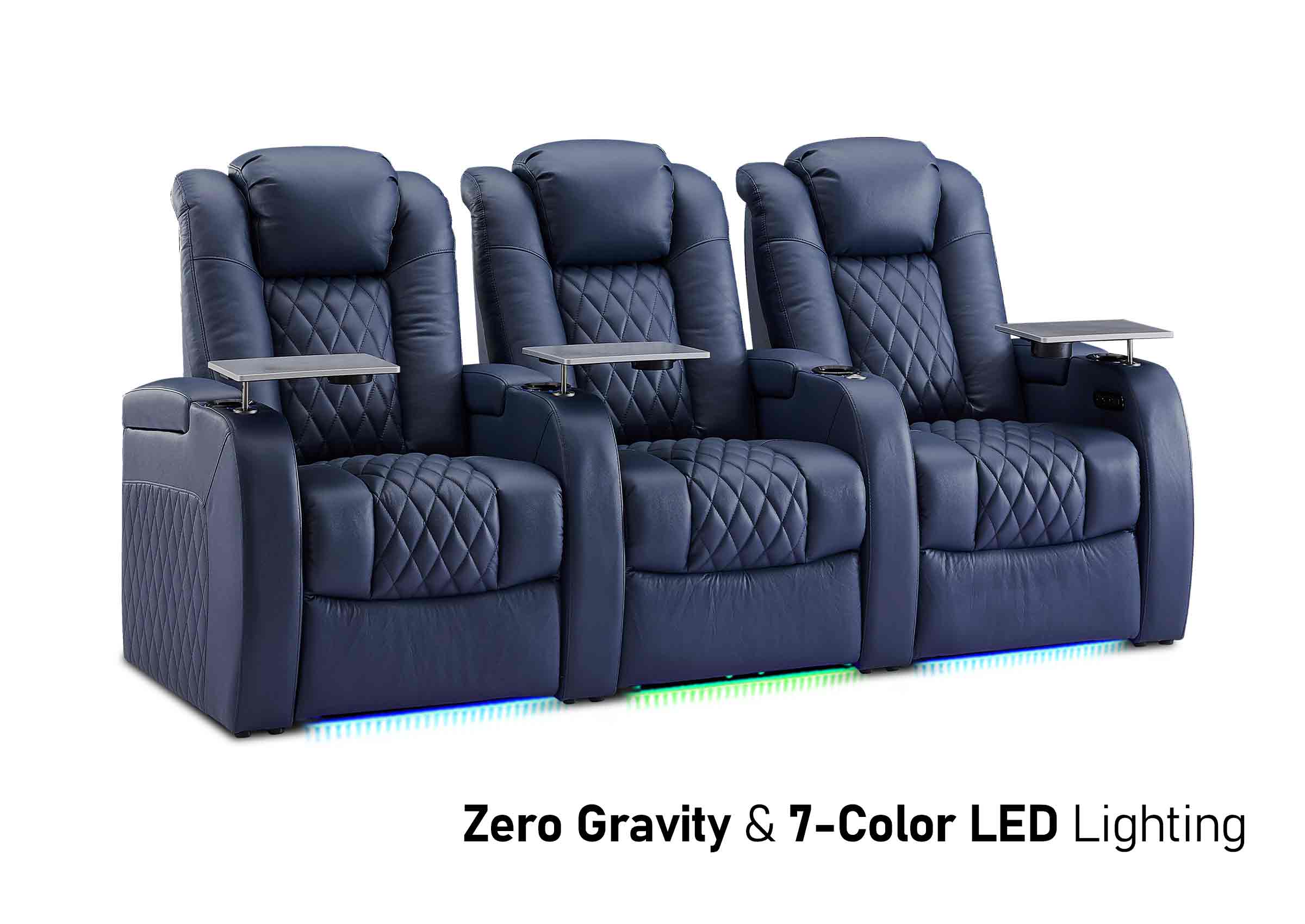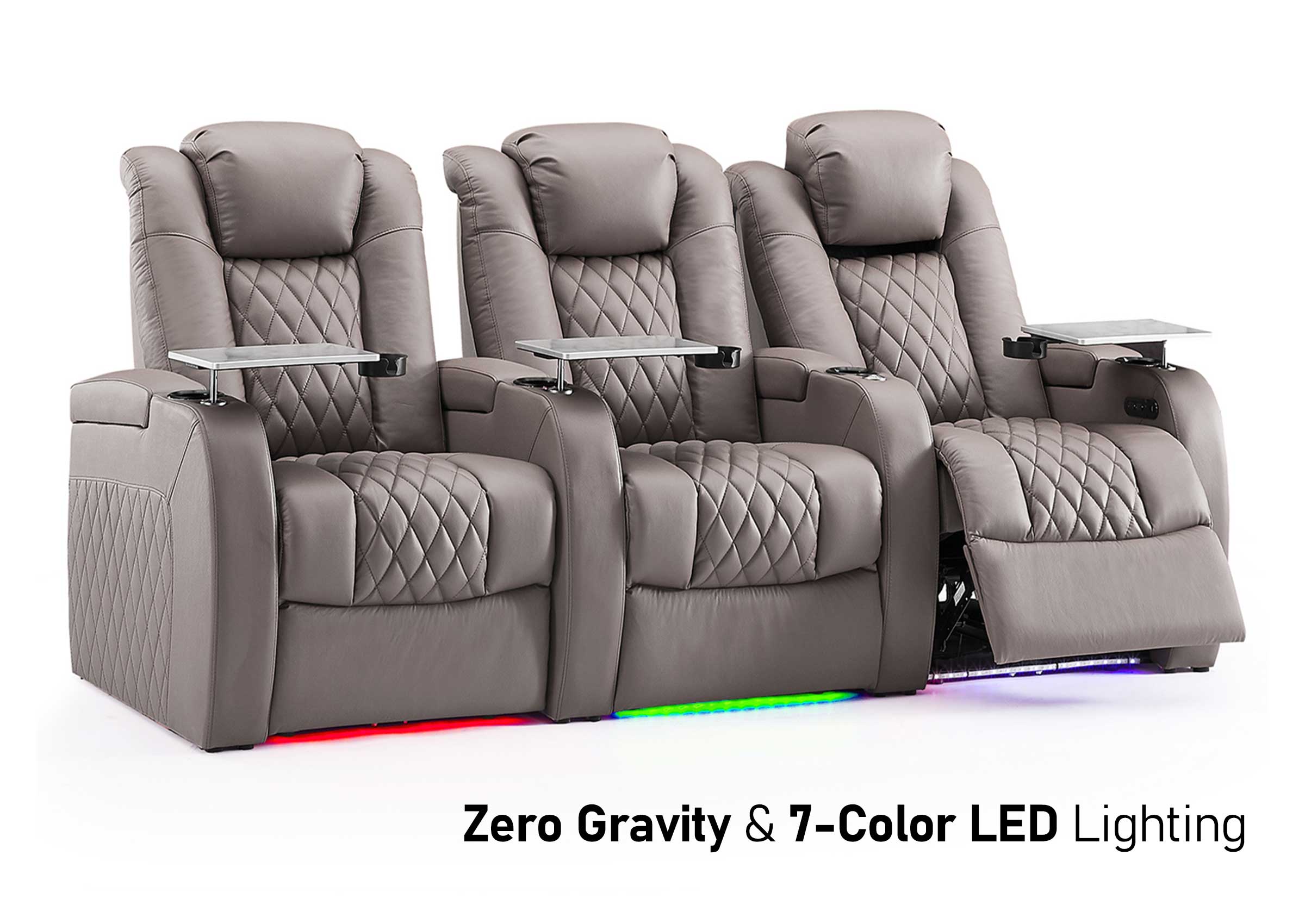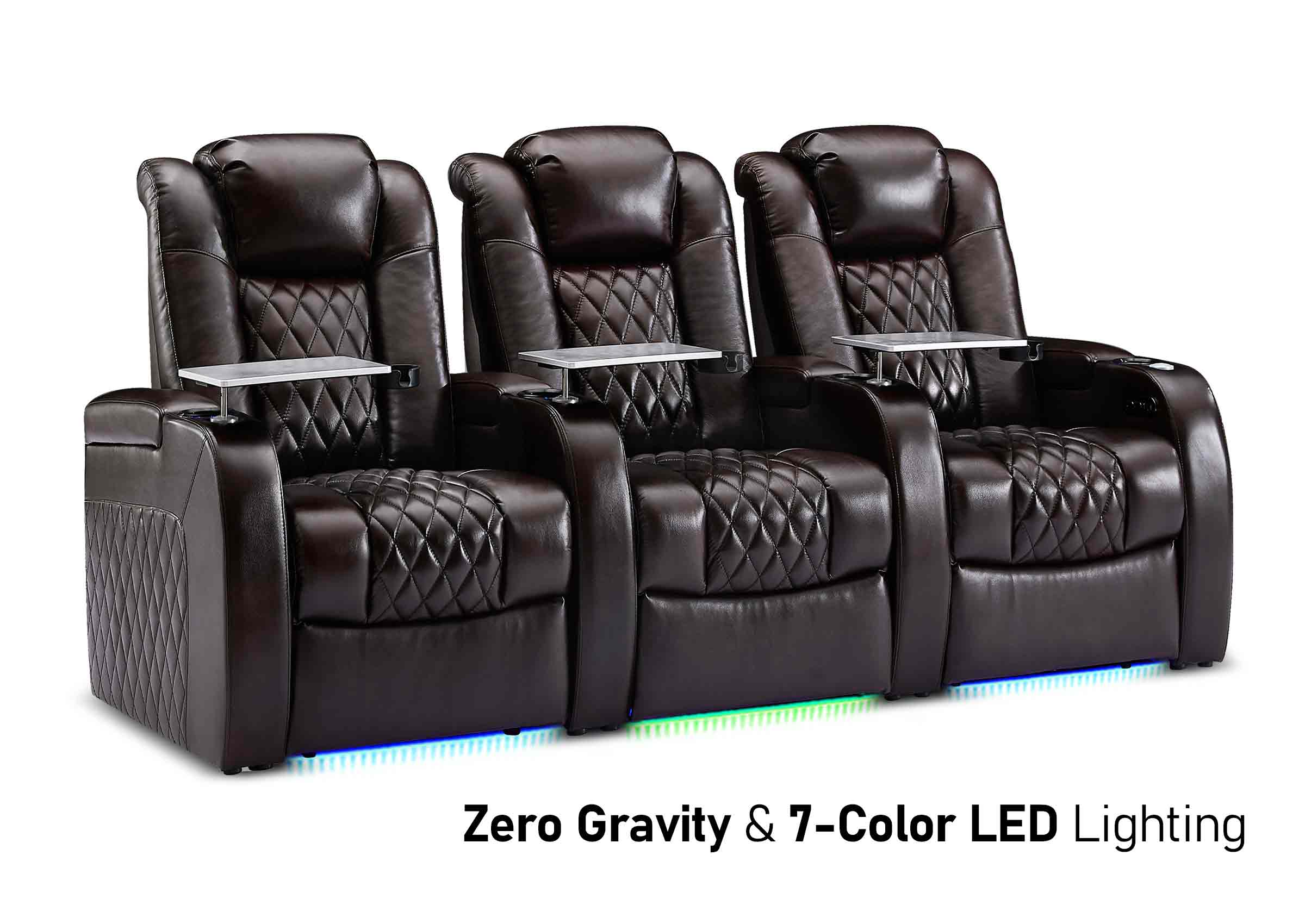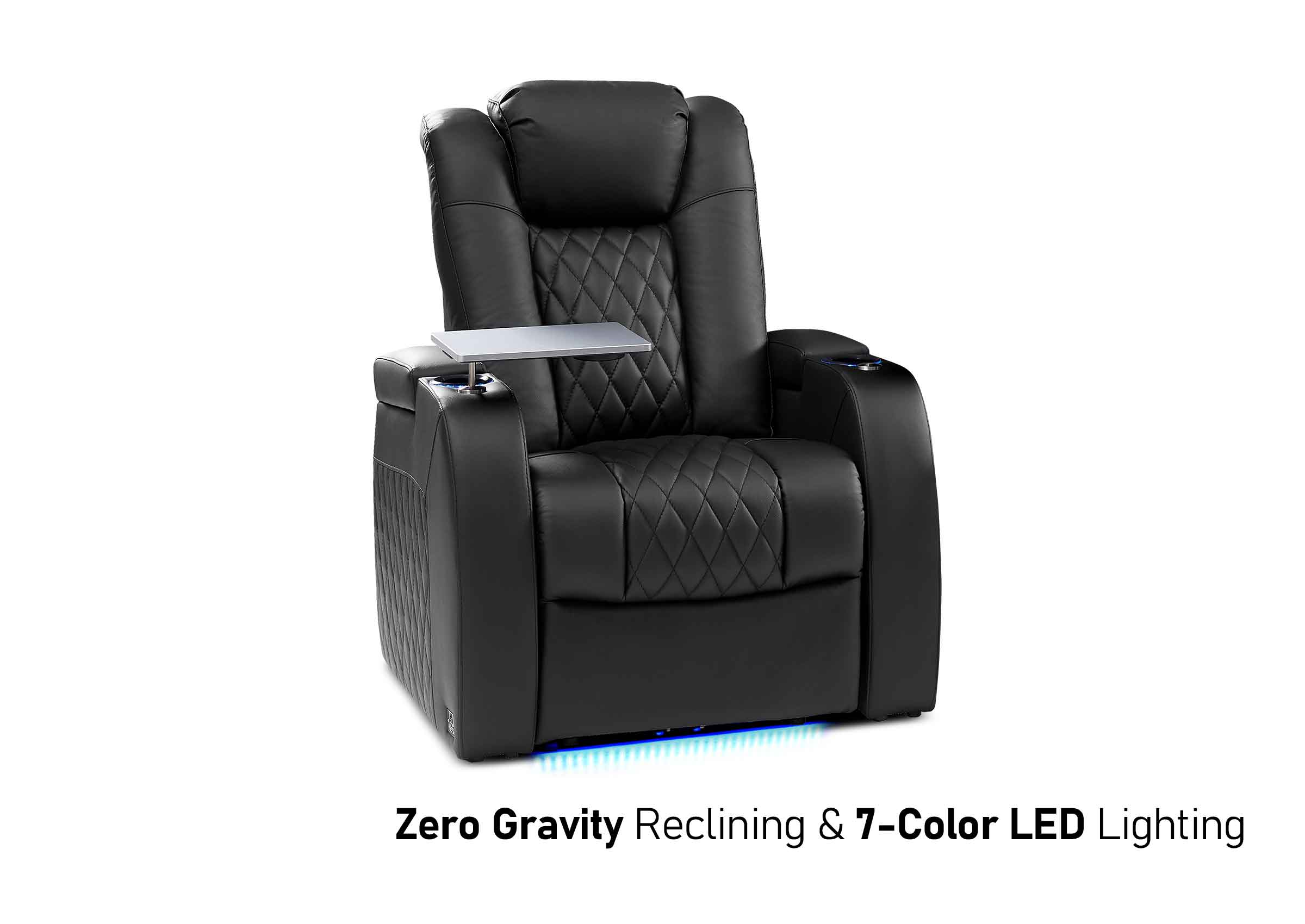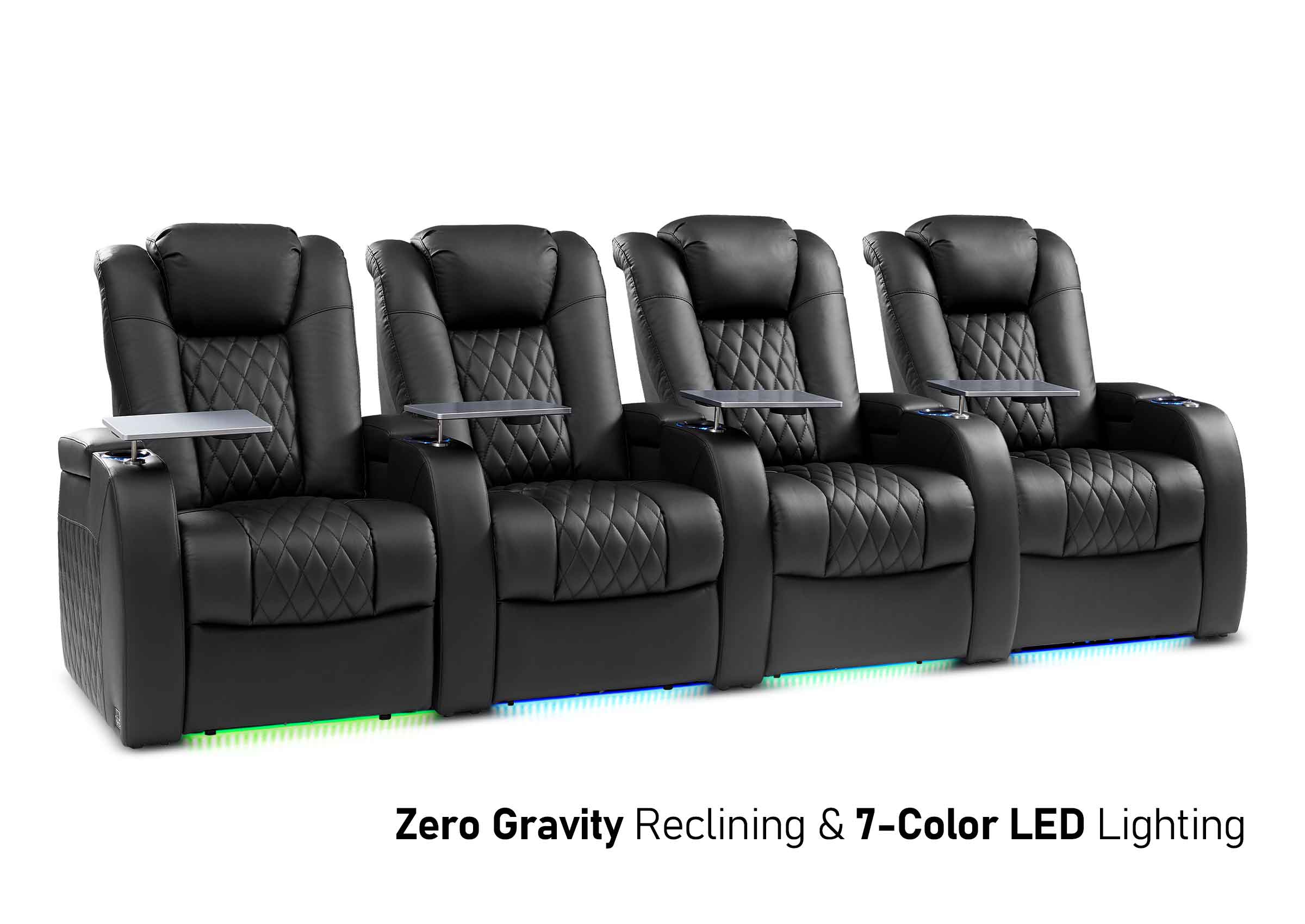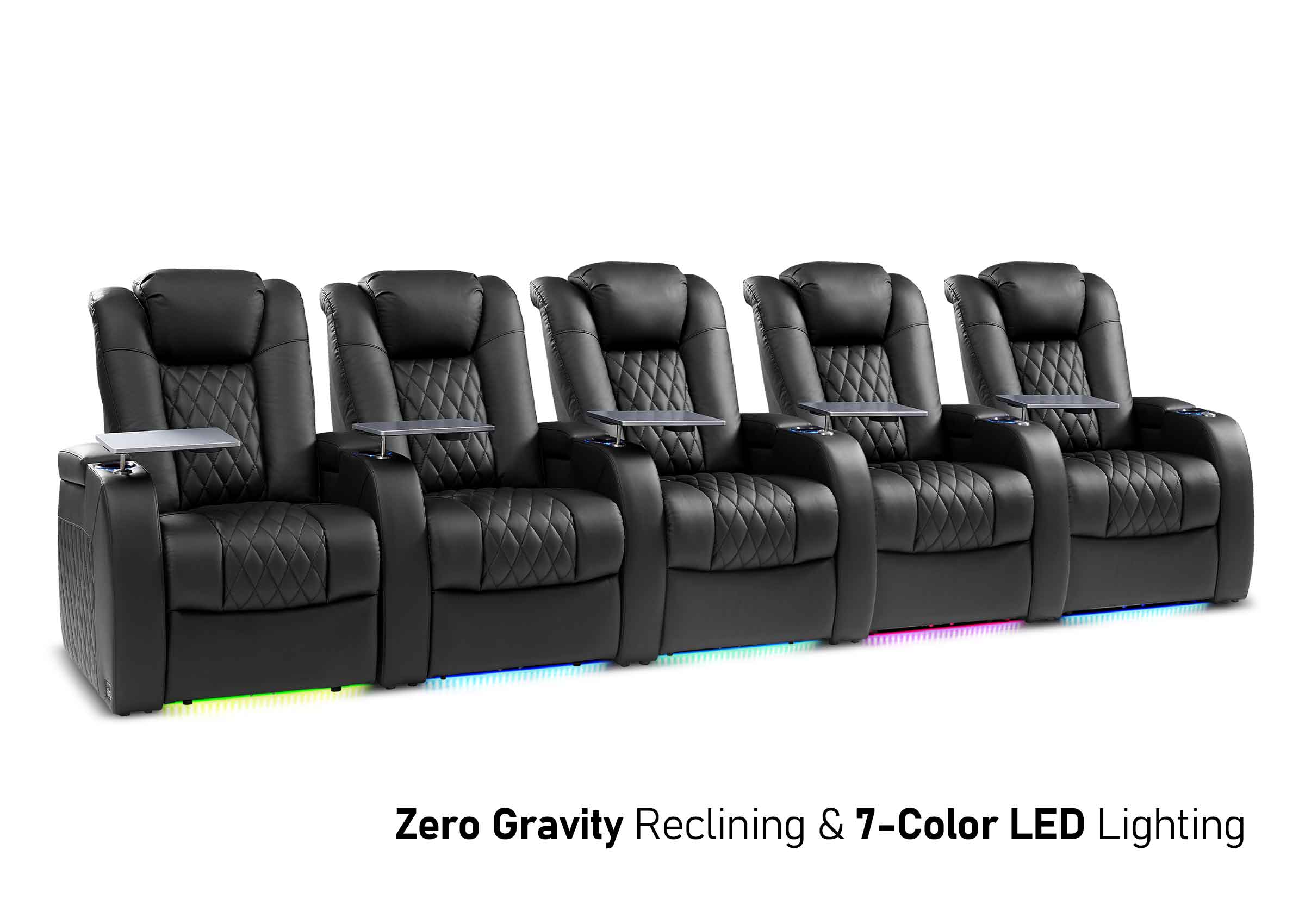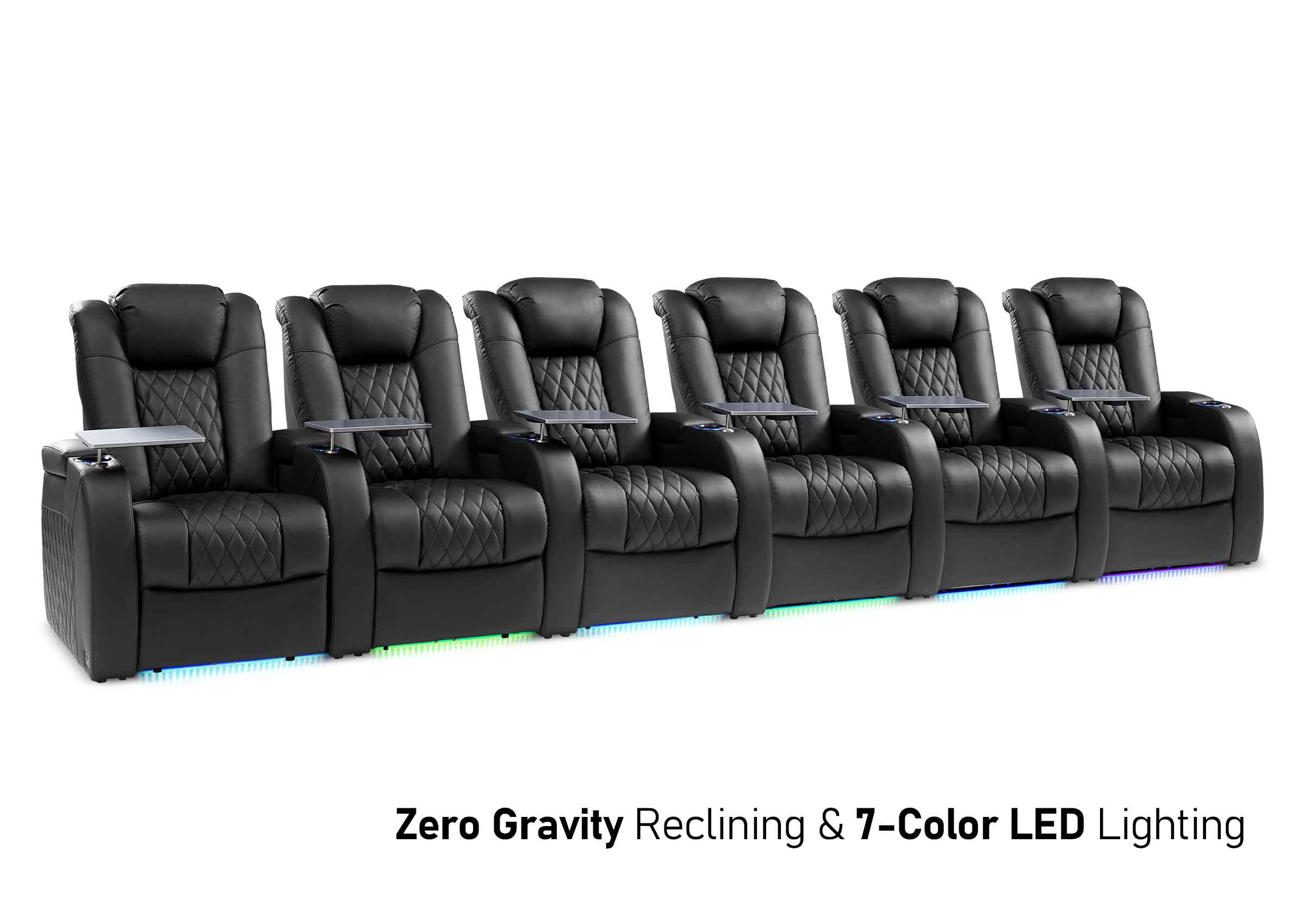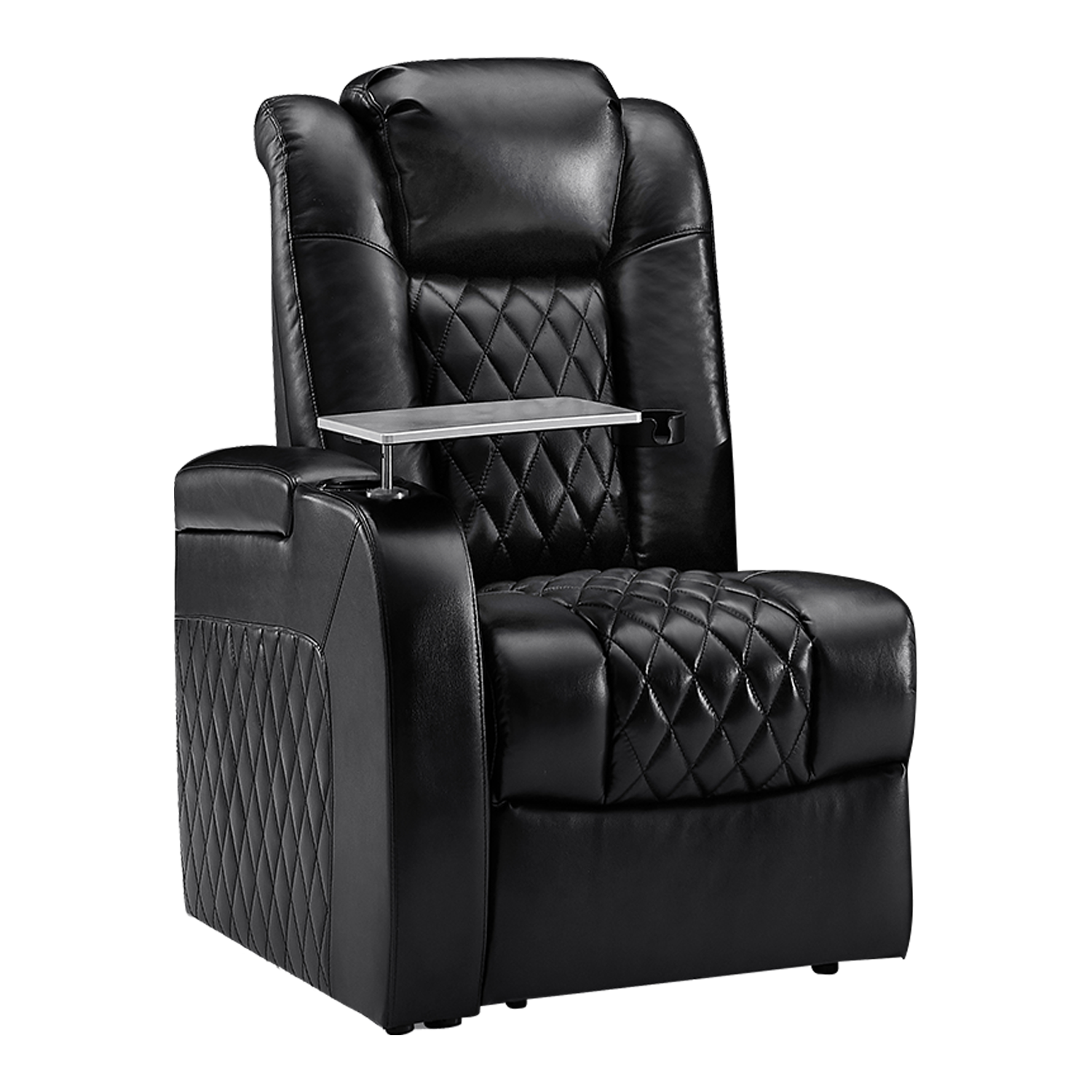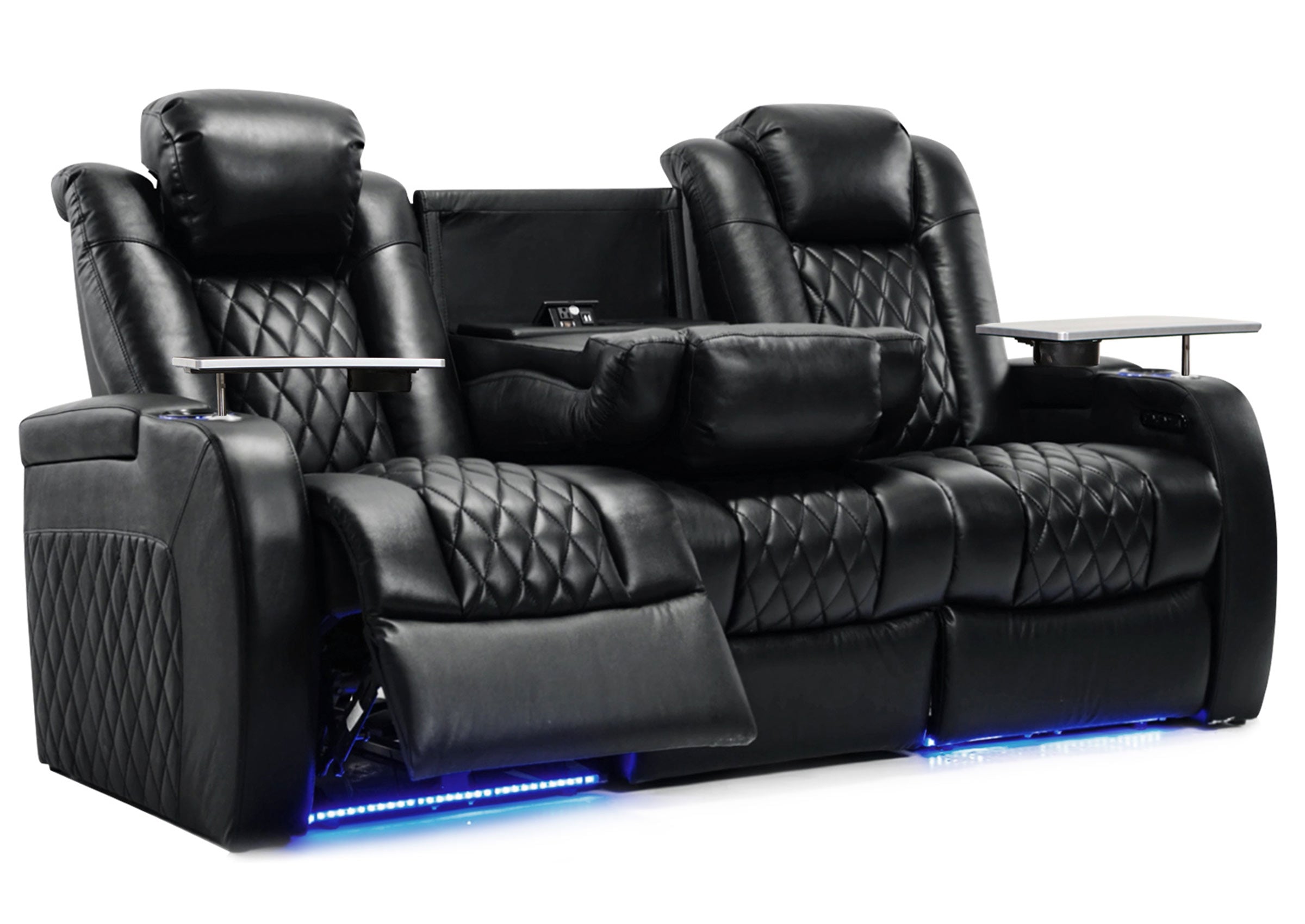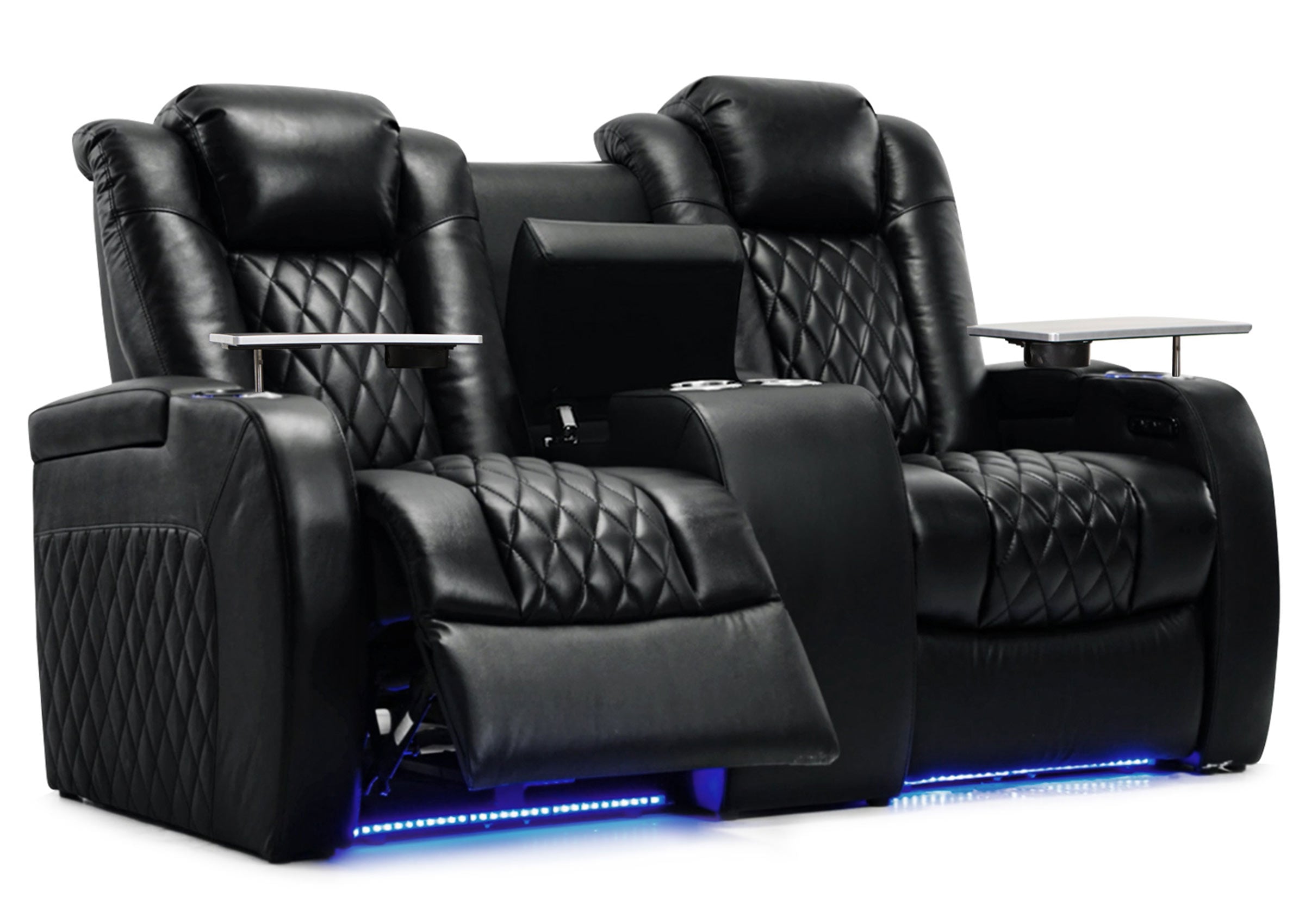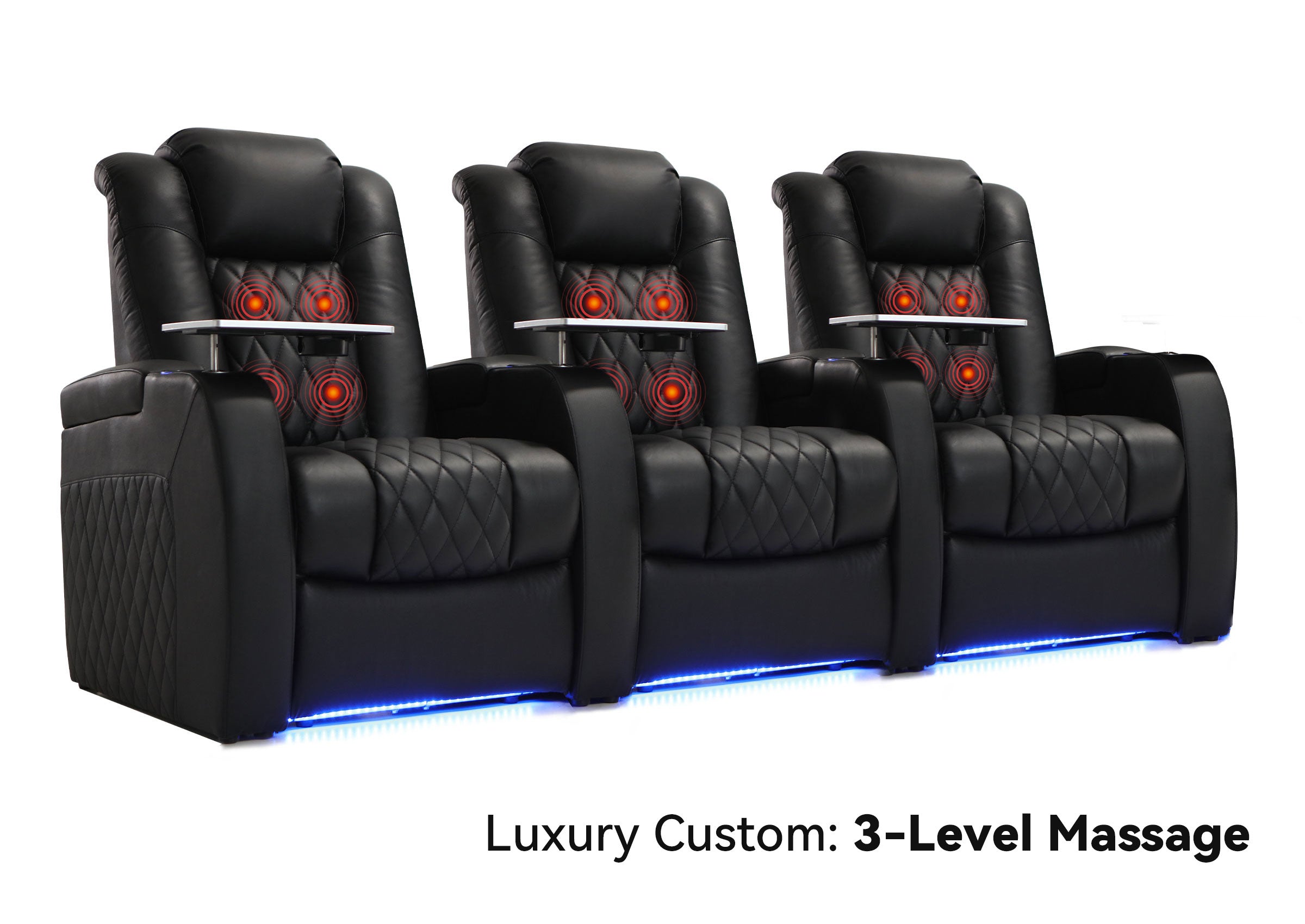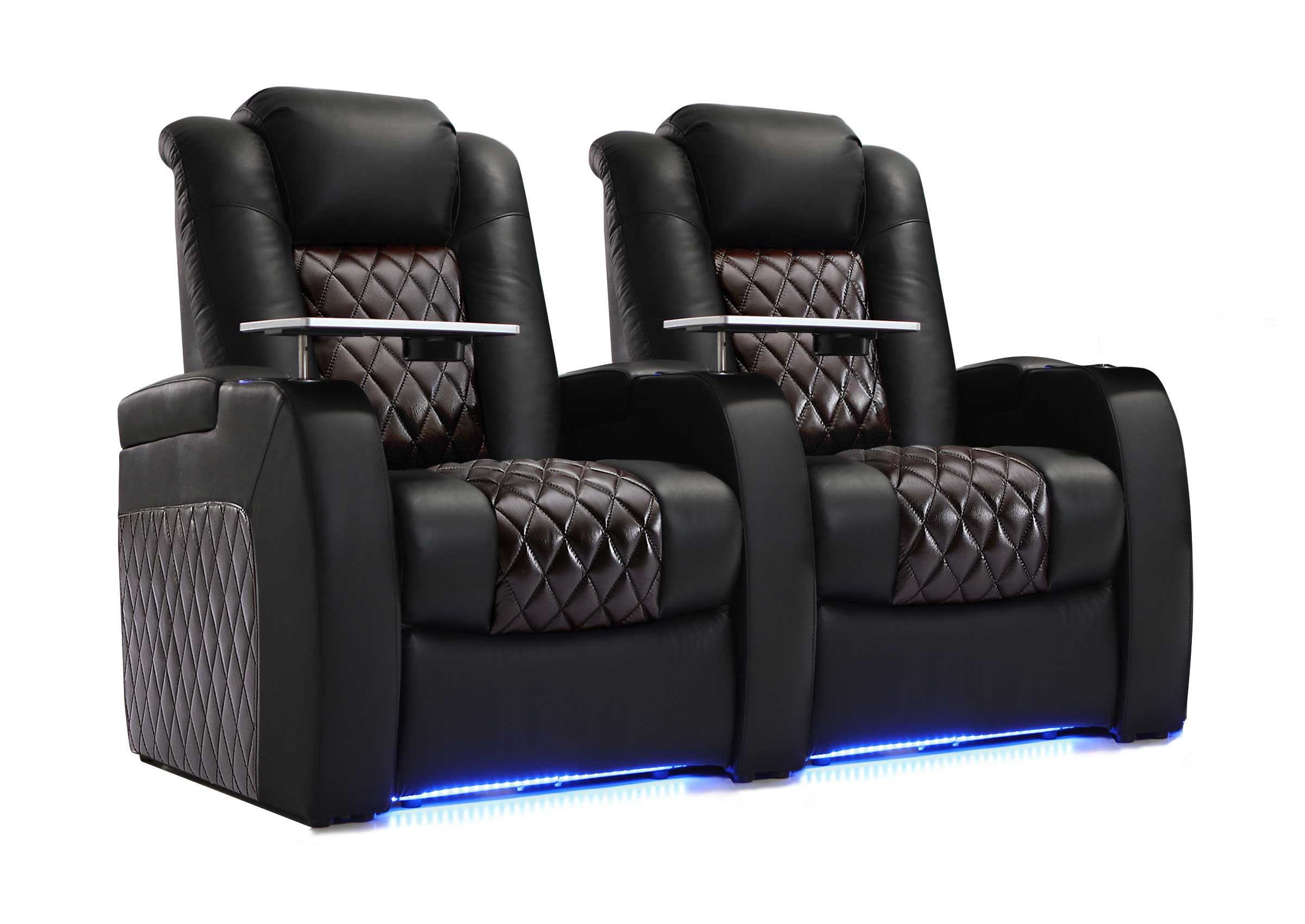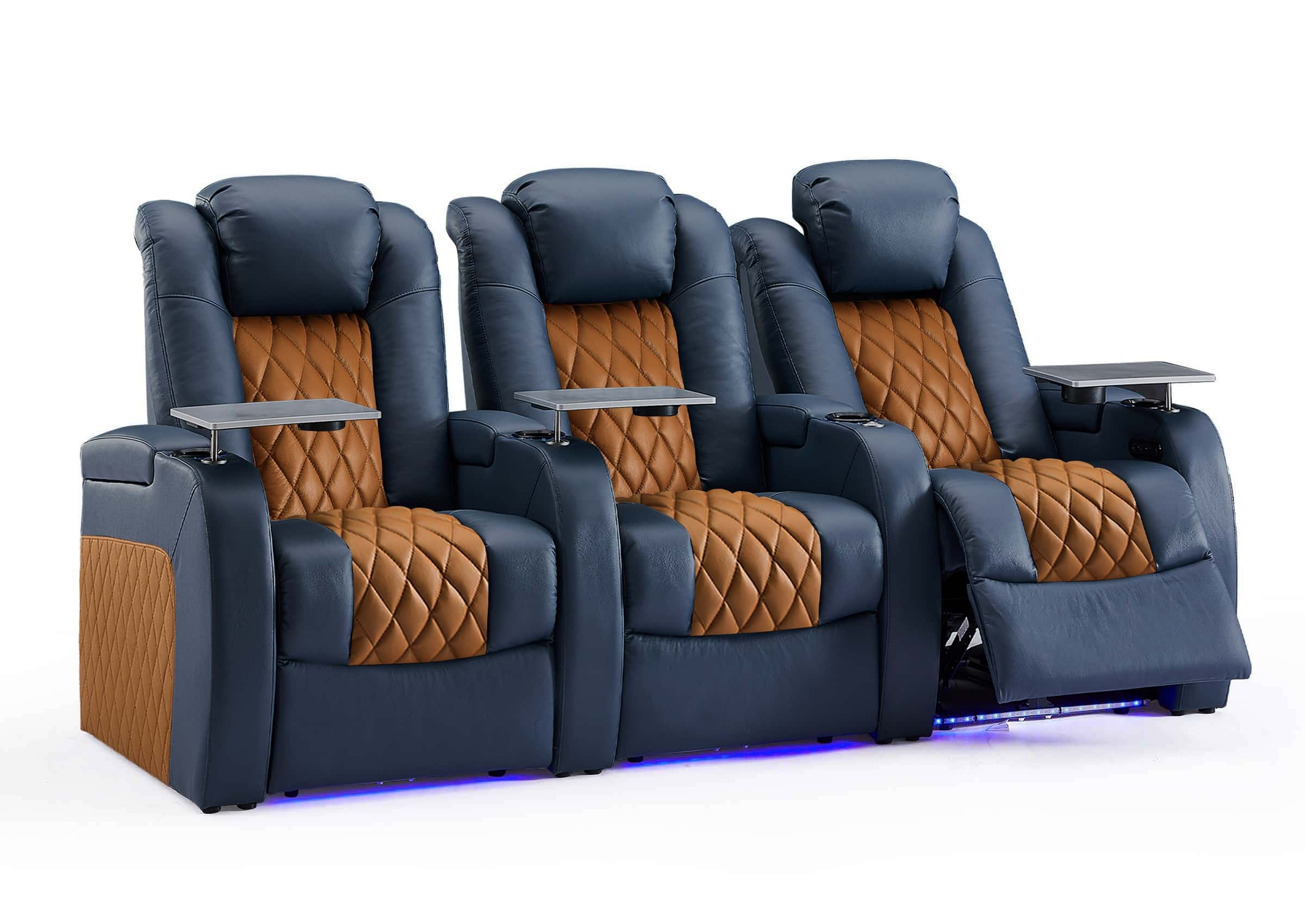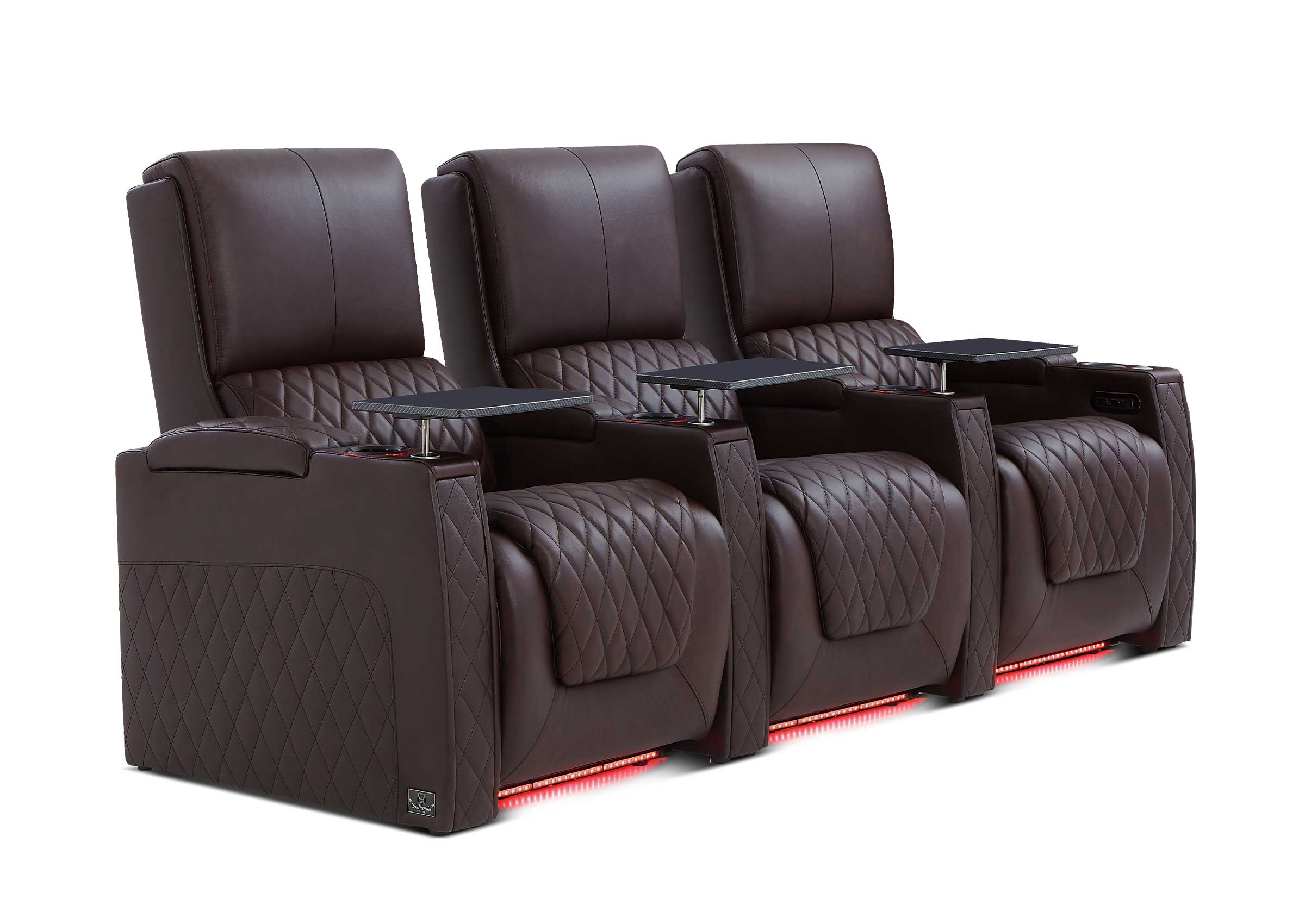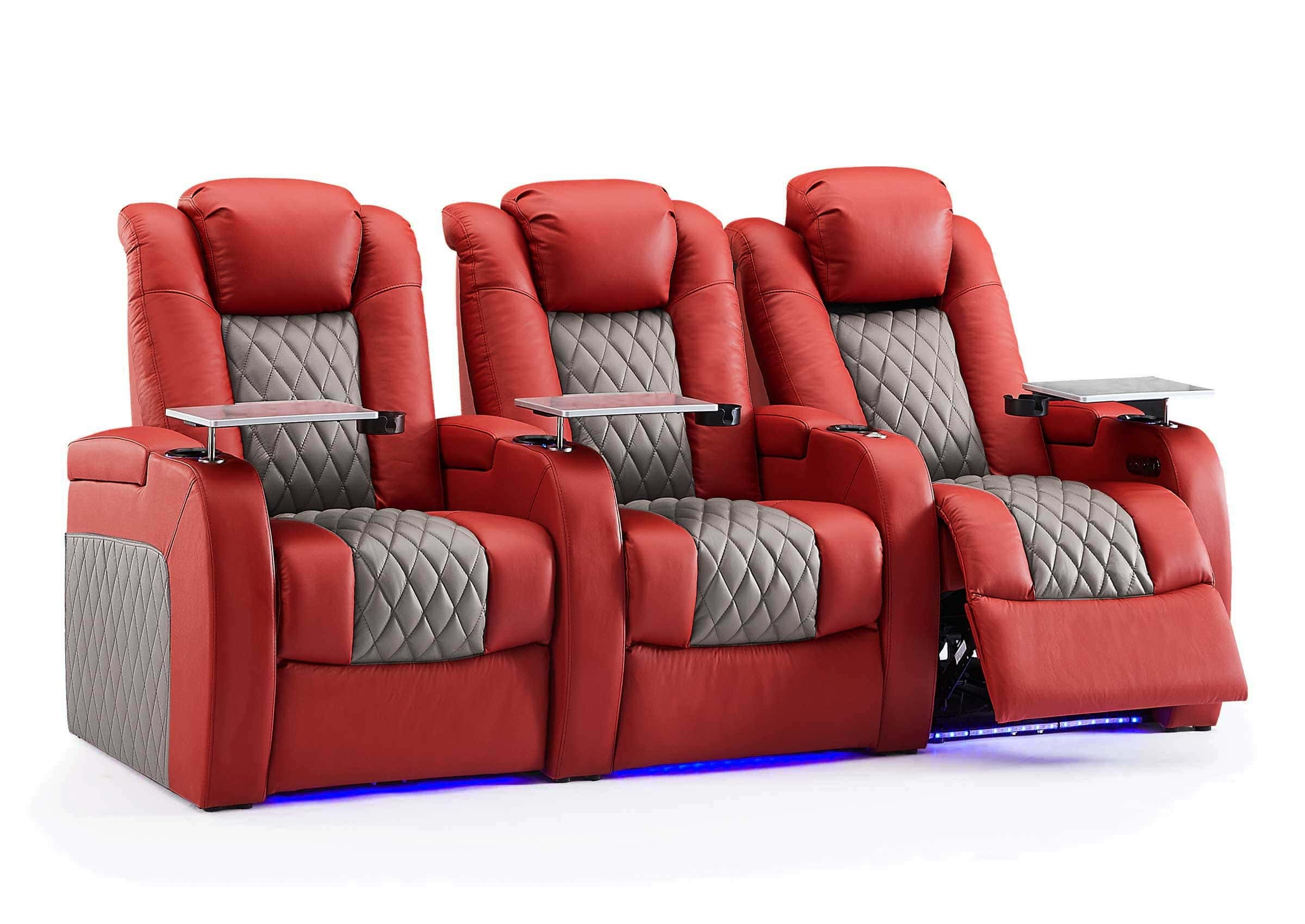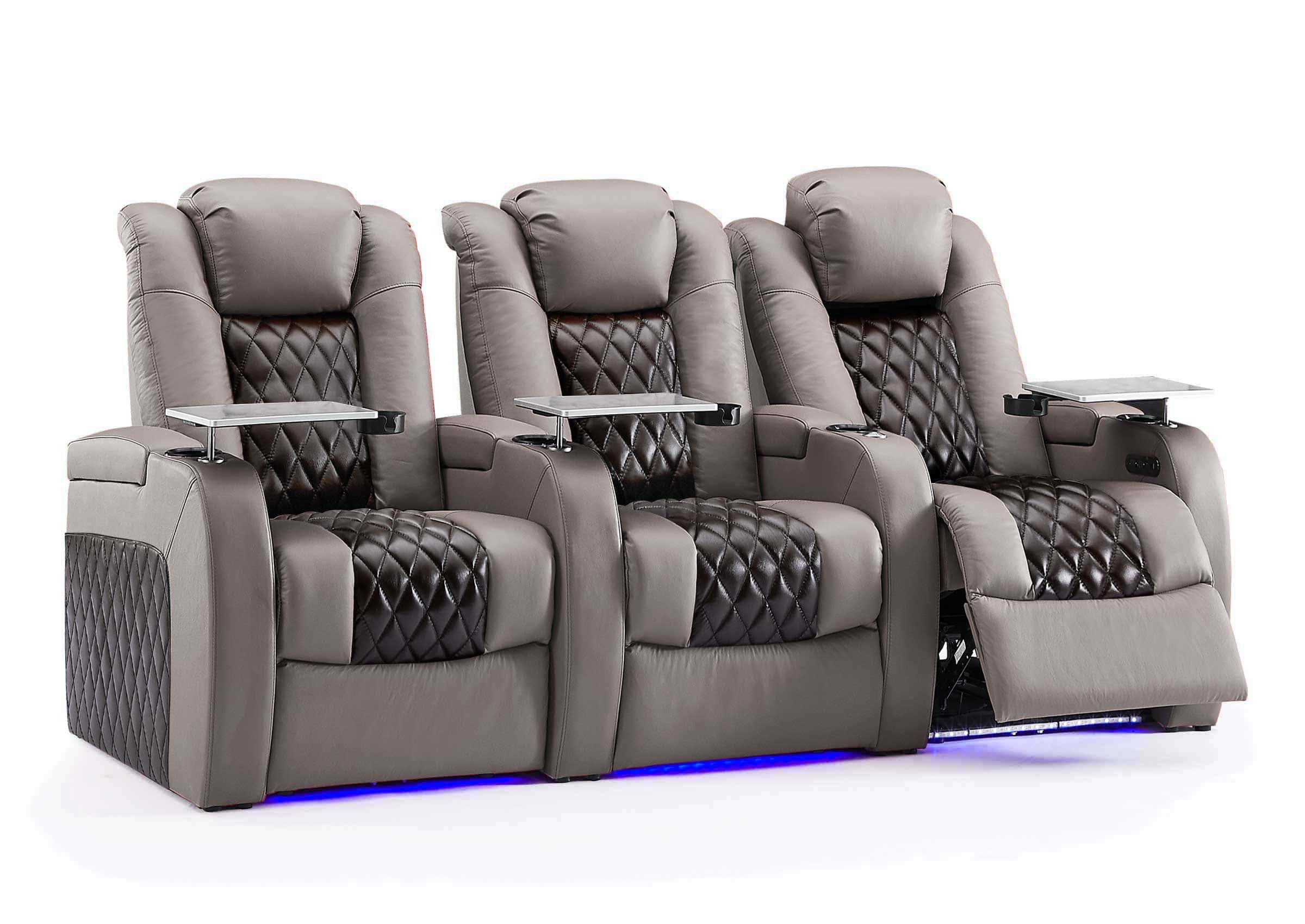Choosing the right couch size can turn any living room from cluttered disarray to cozy sanctuary. The right dimensions make it work properly and appear pleasant as well, so that your family can relax daily and enjoy special moments just as easily.
Measure Your Area Like a Pro
Before style or comfort, the first thing you should do when shopping for a smart couch is to take accurate measurements. Without the right dimensions, even the most stylish couch can turn into an expensive blunder.
Taking accurate measurements is the key to couch shopping success. Begin by measuring the length, width, and height of your living room, with a focus on doorways, hallways, and stairs the couch will have to pass through for delivery.
Make a rough sketch of the floor plan with exact measurements. Mark permanent features like fireplaces, built-in bookcases, windows, and electrical outlets. The drawing avoids expensive errors and shows how different sizes of sofas will work in your room.
Key measurements to consider:
- Room length and width
- Ceiling height
- Doorway widths and heights
- Hallway dimensions
- Staircase sizes
- Window and door locations
Do not forget to provide ample space. Provide a minimum of 14-18 inches between your sofa and coffee table for comfortable leg room. Provide 30-36 inches of walkway space around the sofa so people can walk comfortably in the room.

Consider Traffic Flow Factors
After taking measurements, the second important step is to decide how people are going to move around in your new space. Placing the sofa strategically establishes natural pathways while keeping the room usable.
Successful living room layouts encourage inherent navigation patterns with snug conversation-oriented seating. Your decisions on sofa size and placement directly influence everyday navigation comfort.
Place the living room couch so people can easily talk to each other without blocking main pathways. Floating arrangements are suitable for open floor plans but against-the-wall placements maximize room space in small rooms.
Think from the angle of couches to TV stands, windows, and other focal points. Nobody likes to crane their necks during movie nights or miss beautiful garden views because of ill-placed furniture.
Think about cleaning and serving. Leave enough room behind sectionals for vacuuming and furniture relocation every now and then. Entertaining is easier when guests can walk around seating clusters.

Fit Your Lifestyle Needs
After spatial requirements are established, the focus shifts to how your family really lives in and utilizes the living room. Family dynamics and personal habits rather than what is depicted in showroom vignettes should drive couch size choices.
Your lifestyle and household composition significantly influence the decision of how large a couch to buy. Large families with adolescents require plenty of seating, but smaller households of just couples might emphasize comfort over size.
Think about how many people use the living room at a time. Weekend movie nights with extended family will have different seating requirements than low-key weeknights. Think about entertainment frequency and guest accommodation needs.
Pet owners have unique concerns. Large breeds take up plenty of couch space, and multiple cats can span across sectional configurations. Pet-resistant fabrics and other durability requirements factor in when size options encounter furry family members.
Age groups in your family are also relevant. Older family members prefer harder, higher seats for easy standing, whereas small children like lower profiles for climbing entry safety.

Small Living Room Ideas
Homeowners with small space can now look for alternatives to couches that provide comfortable sitting and visual attractiveness. Small rooms need smart solutions that do not clutter the room.
Small rooms need smart choices in couch size that provide enough seating without making the room feel crowded. Those who live in apartments and condos especially appreciate smaller furniture pieces.
Loveseats are great for small spaces and are typically 48-72 inches long. Small sofas such as these can seat two people comfortably and still leave space on the floor for other essential furniture.
Apartment-sized sectionals are very useful in small rooms. L-shaped sofa can create areas for conversation and also offer storage in corners. Some models have chaises that can be switched around to fit different room setups as living needs change.
Think about multi-functional designs. Storage ottomans are a great match for small sofas and can be utilized to store blankets, pillows, and remotes. Nesting tables can also be tucked away if you need more floor space for activities or parties.

Large Room Advantages
If you have a lot of space, you can make amazing seating groups. Big living rooms allow you to go for statement pieces that might be overwhelming in smaller rooms.
Large living rooms provide excellent opportunities for show-stopping couches that can become the room's focal point. Their size allows you to fit sectionals, create many seating areas, and include striking design elements.
Sectional sofas work perfectly in big rooms as they create distinct areas for conversation in open floor plans. The U-shaped forms promote group conversation, whereas L-shaped forms can separate living spaces from dining spaces within common rooms.
Large couches make dramatic design statements in large living rooms. These large furniture pieces typically exceed 90 inches in length, so four or more can comfortably sit. The roomy seats are perfect for afternoon napping and unwinding periods.
Don't always think bigger is better in big rooms. Sometimes multiple small pieces make more intriguing looks than a single oversized couch. Think about using a regular-sized couch with accent chairs or a chaise lounge for different types of seating.

Visual Harmony and Style Coordination
When selecting a couch, consideration must be given to how it will blend with the rest of the room. Ensuring that everything appears good together allows the couch to contribute to the room's fashion rather than dominate.
Capturing right scale relationships between your sofa and nearby elements forms harmonious visual balance in the living room. The proportions of furniture must enhance instead of clashing with architectural details and pre-existing decor features.
The sofa typically serves as the room's largest piece of furniture, establishing scale references for the others. Coffee tables should measure approximately two-thirds the length of the sofa, while end tables sit at armrest levels for functionality.
Colors and designs can significantly alter the size appearance of things. Light-colored sofas appear bigger and more radiant, making small rooms appear larger. Dark furniture provides a cozy warm ambiance but appears smaller in large rooms.
Leg styles have a great influence on visual weight. Exposed legs provide airiness and light flow under the sofa, but skirted bases look heavier and more grounded. This option influences the amount of floor space that seems exposed, which affects the perception of room size.

Transform Your Living Space Today
After weighing measurements, lifestyle needs, solutions for specific rooms, and budget, buying a couch correctly is easily understood. The right size couch comes from taking all of these elements seriously instead of making spontaneous choices based on looks alone.








